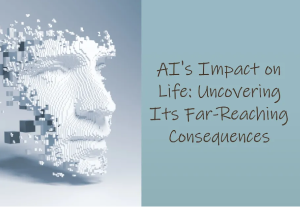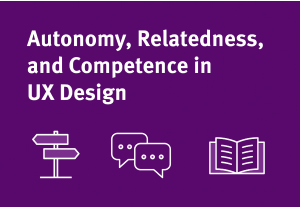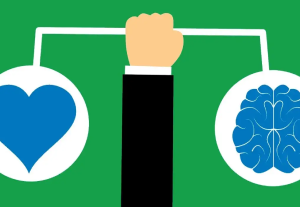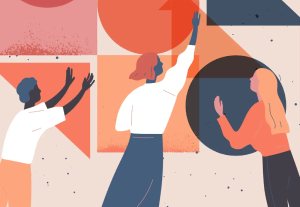- Artificial Intelligence, Behavioral Science, Human factors, Neuroscience, Technology for the Common Good
The widespread and transformative impact of artificial intelligence (AI) on various industries and the potential consequences of developing more advanced AI.
Article by Sorab Ghaswalla
The Human Side of AI: Navigating its Consequences in the Real World
- The author speculates on how uncertain the human-AI journey is, and it remains to be seen whether machine and man will learn to co-exist or whether AI will lead to the total annihilation of humankind.
Share:The Human Side of AI: Navigating its Consequences in the Real World
Share this link
- May 11, 2023
5 min read







